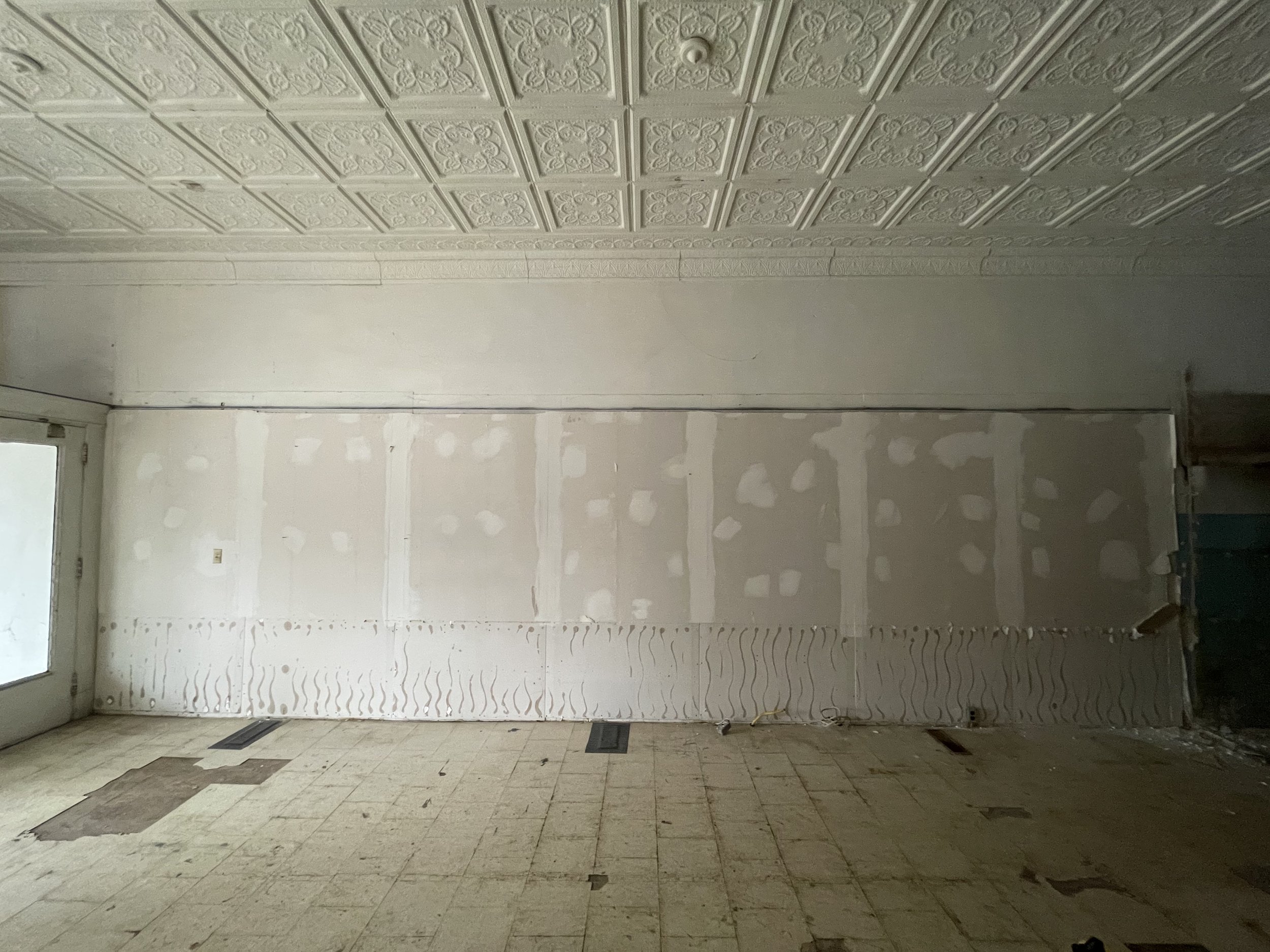George Cooley reigned as Johnsonburg Postmaster from May 27, 1892 to June 6, 1896. Under his watch $5.00 worth of pennies were stolen from the office on May 5, 1896 (Wonder what those Indian head pennies would be worth today?). An associate of the Armstrong Real Estate and Improvement Company, George will take over the operations of the Armstrong Hotel after his term as postmaster. Assisting him in running the hotel is Ada Wheeler, former postmistress, and her father Isiah Cobb, also a former postmaster. Ada Cobb Wheeler is estranged from Amos Wheeler, 20 years her senior, and George Cooley resides at the Wheeler Boarding House with Ada and Isiah. She and George are the same age, you can draw your own conclusions.
James McCloskey, known in the area as a prominent hotel man (but really just a former saloon keeper), took over as Johnsonburg Postmaster in 1896 to March 1899 when he became the Johnsonburg Borough’s tax assessor. Mr. McCloskey’s successor is John Wrathall who was the Johnsonburg Postmaster from 1899 to his death on May 18, 1900. Mr. Wrathall’s first wife died in 1884, his second wife died in 1897, strangely, he married his third wife just nine days before his own death. His last will and testament, written the day before his third marriage, left $5 each to his two oldest sons, Charles and James, and his H. L. Stock and Postmaster outfit to his wife Ollie Williams Wrathall for the upbringing and education of his two younger children, Aaron Bruce and Ellen Florentine.
William Stone Gleason began one of the longest stretches of postmastering in Johnsonburg on June 5, 1900. He served as postmaster until 1920 when he became the Johnsonburg Justice of the Peace, a position he held until his death in 1928. In 1910 practically all the postage stamp paper was made in Johnsonburg, Pennsylvania. One could say at the time that all the canceled stamps at the post office in the Brick Block had returned home!
On June 13, 1919 Postmaster Gleason introduced home delivery. Regulations require the sidewalks to traverse the entire block and house numbers must be painted on the sidewalk or house. Mail is either placed in a box at the house or hand delivered. Without a box or no-one-home mail will be retained by the carrier and delivered the next day.
William Norris Jones followed Mr. Gleason in 1922. He was a house painter by trade. His tenure was cut short by his death on March 16, 1925. Mr. Jones’ son, Russell Neal Jones, worked 41 years for the Johnsonburg paper mill in various supervisory positions, retiring as the mill General Manager in 1959.
As of March 1, 1923 all homes wanting delivery service must have a box or receptacle attached to receive the mail.
James J. Donnelly, manager of the W.E. Zierden Store, accepted the position of Johnsonburg Postmaster on May 25, 1925, serving until 1934. During his service the post office was moved to Centre Street (sometime before 1929), which ended the United States Government’s postal involvement with the Brick Block.
Why did the Post Office abandon the Brick Block? Likely it was due to lack of space. With Johnsonburg growing by leaps and bounds during the 1920’s and the advent of the greater usage of automobiles the post office on Market Street was devoid of parking spaces and storage space. Mail, at the time, arrived in Johnsonburg by train and was freighted up Bridge Street from the railroad stations (B & O to Grant Street to Bridge Street, or Pennsylvania to Bridge Street) to the alley (Little Alley) behind the post office on Market Street for processing. Obviously, locating the post office in the middle of Centre Street allowed for more access by auto customers and also provided easier delivery of mail from the railroads (utilizing the alley behind the Centre Street stores). Additionally, having the post office on Centre Street increased storage space for parcel post, which had been taken over by the United States Post Office from express companies in 1917.
The Johnsonburg Post Office returned to Market Street in 1962 at its current location.
Kevin “Reg” Barwin January 2023
Kevin Barwin, a Johnsonburg native, who spent his youth peddling newspapers in Johnsonburg and reading the newsprint, while walking his routes, acquired a taste for the past.
THE PAPER BOY FROM THE PAPER CITY, More on his book: here













